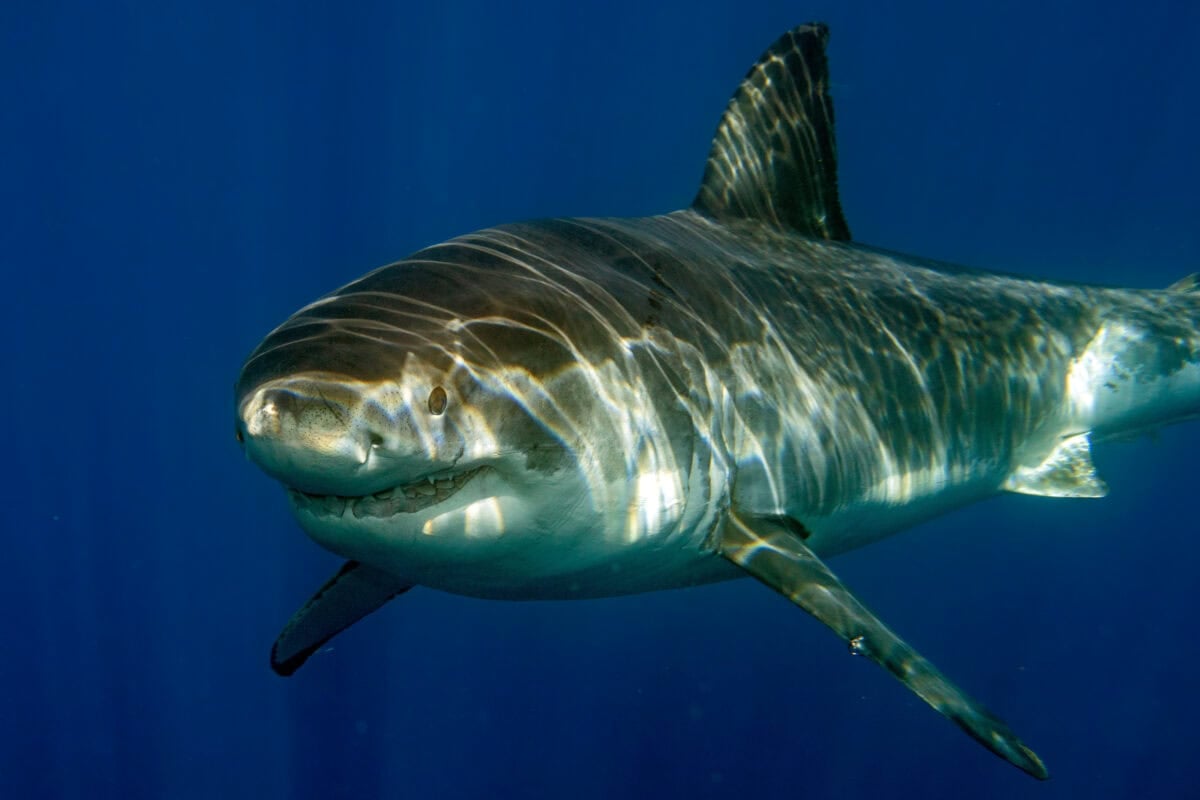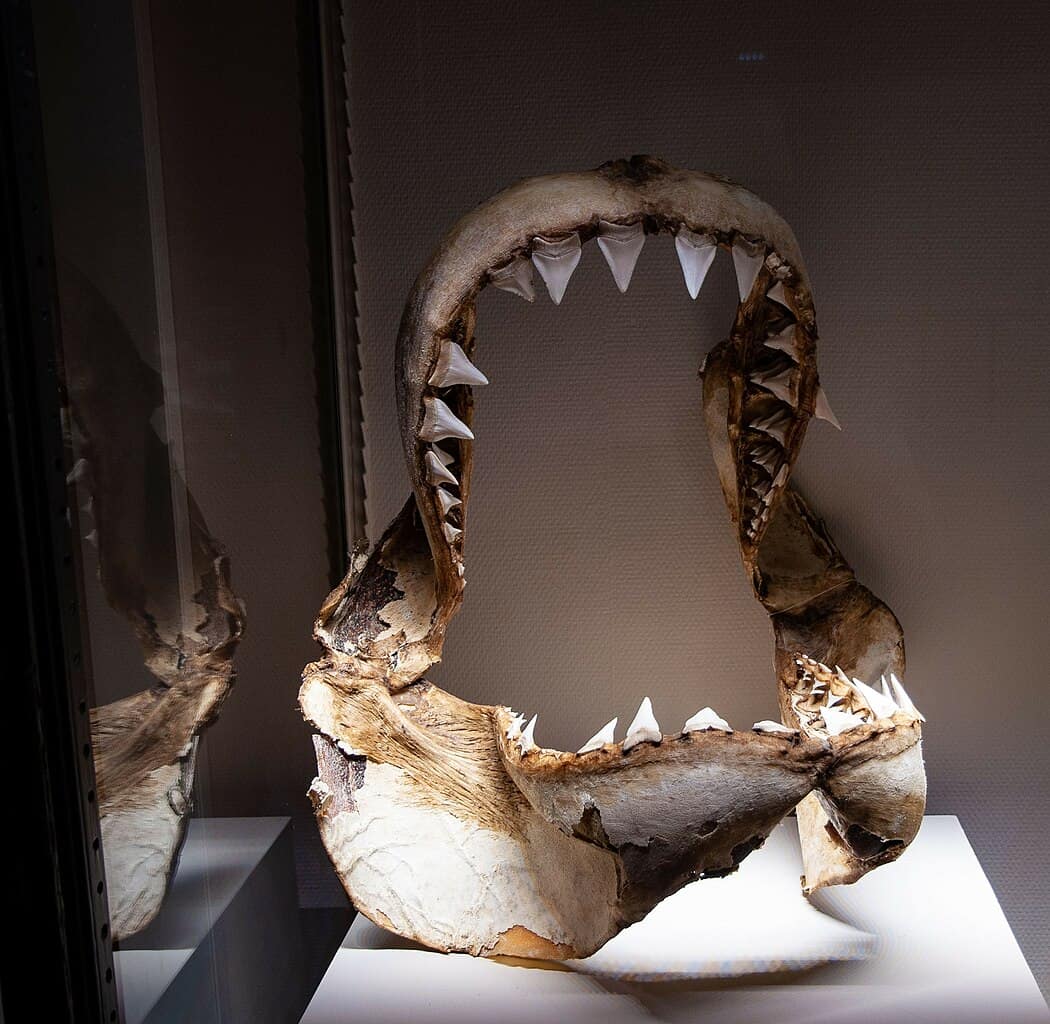Have you ever wandered through an aquarium, marveling at the diverse marine life on display, only to notice the absence of one of the ocean’s most powerful predators—the great white shark? Despite its legendary status and critical role in the marine ecosystem, the great white shark is conspicuously missing from aquarium tanks, especially in California. This absence isn’t due to a lack of interest but rather a series of compelling reasons tied to biology, ethics, and practicality. Let’s explore why these majestic creatures remain elusive in captivity, particularly in aquariums along California’s coast.
The Biology of Great White Sharks

Great white sharks, scientifically known as Carcharodon carcharias, are among the largest and most powerful predators in the ocean. They are known for their formidable size, with some exceeding 20 feet in length and weighing more than 5,000 pounds. Their biology is specialized and complex, designed for an apex predator role in the marine ecosystem, which poses significant challenges for captivity.
The Need for Vast Space

These sharks are ocean wanderers by nature, traveling thousands of miles across the ocean every year. In the wild, great whites can swim up to 40 miles per day, a necessity for their physical health and well-being. No aquarium, not even the largest ones in California, can replicate the vastness of the open ocean or provide the space these sharks require.
Challenges of Captive Diet

Feeding a great white shark is no small feat. These carnivorous creatures typically feed on seals, sea lions, and other marine animals. In captivity, maintaining a diet that meets their nutritional needs and simulates their natural hunting behavior is incredibly complex and challenging.
Psychological Stress in Captivity

Great white sharks exhibit signs of stress when kept in confined spaces. The stress can manifest in abnormal behavior, such as repetitive swimming patterns or refusal to eat. Their inability to adapt to the confined space of aquariums leads to compromised health and, often, early demise.
Short Lifespans in Captivity

Historically, attempts to keep great white sharks in captivity have resulted in short-lived stays. Most captured great whites survive only a few months, if that, in an aquarium setting. Their inability to thrive in captivity signals that these environments are unsuitable for their long-term survival.
Potential for Injury

The confined spaces of an aquarium can lead to injuries for great whites. Despite their robust build, they are vulnerable to harm if they collide with glass walls and other structures within an aquarium tank. These injuries can be detrimental to their health and further affect their already fragile existence in captivity.
Ethical Considerations

Beyond biology, ethical considerations play a significant role in prohibiting the captivity of great white sharks. The stress and unnatural conditions that captivity imposes raise significant welfare concerns. As public awareness of animal welfare increases, the ethics of housing such a large and complex predator in aquariums is often questioned.
The Role of Legislation

California’s laws reflect a progressive stance on animal welfare, with regulations that make capturing, keeping, and displaying great white sharks challenging. These laws align with broader conservation efforts that aim to protect this vulnerable species from exploitation and harm.
Conservation Over Captivity

Rather than focus on captivity, efforts are increasingly geared towards conservation. Great white sharks face numerous threats in the wild, including overfishing and habitat loss. Protecting their natural habitats and ensuring their survival in the wild is seen as more beneficial than keeping them in unnatural settings.
Innovative Education Alternatives

California aquariums have embraced innovative educational alternatives to teach the public about great white sharks. Virtual reality exhibits, documentaries, and interactive displays provide insights into the lives of these creatures without removing them from their natural environment.
The Importance of Natural Behavior

For great white sharks, natural behaviors such as hunting and migration are integral to their life cycle. These behaviors cannot be replicated in captivity. Allowing them to continue these activities in the wild is crucial for their overall health and the ecological balance of marine environments.
A Lasting Impression Without Captivity

While an aquarium might not display a live great white shark, their legend and importance can still leave a lasting impression. Through education and conservation efforts, we can ensure that these incredible creatures continue to roam our oceans, inspiring awe and respect from afar.
In conclusion, the absence of great white sharks in California aquariums is a multifaceted issue involving biological, ethical, and practical considerations. These fascinating predators are best admired from a distance, in the vast ocean spaces where they belong, spirited and free.
- Meet the Critters That Love Southern Heat and Humidity - August 20, 2025
- This 19th-Century Sinkhole Swallowed a Theater in Minutes - August 20, 2025
- This Tiny Creature Can Survive Being Boiled, Frozen, and Even Space - August 20, 2025

